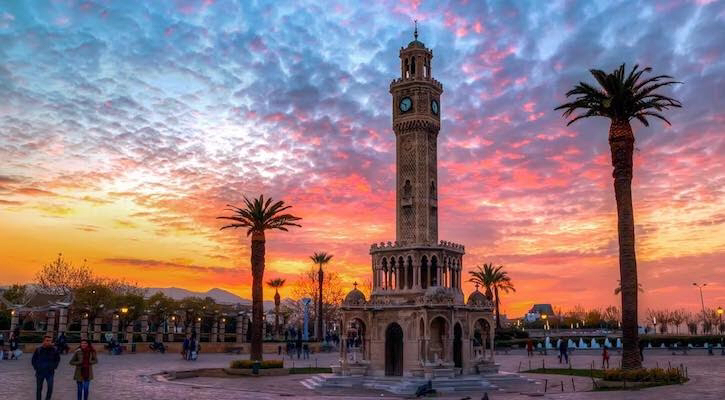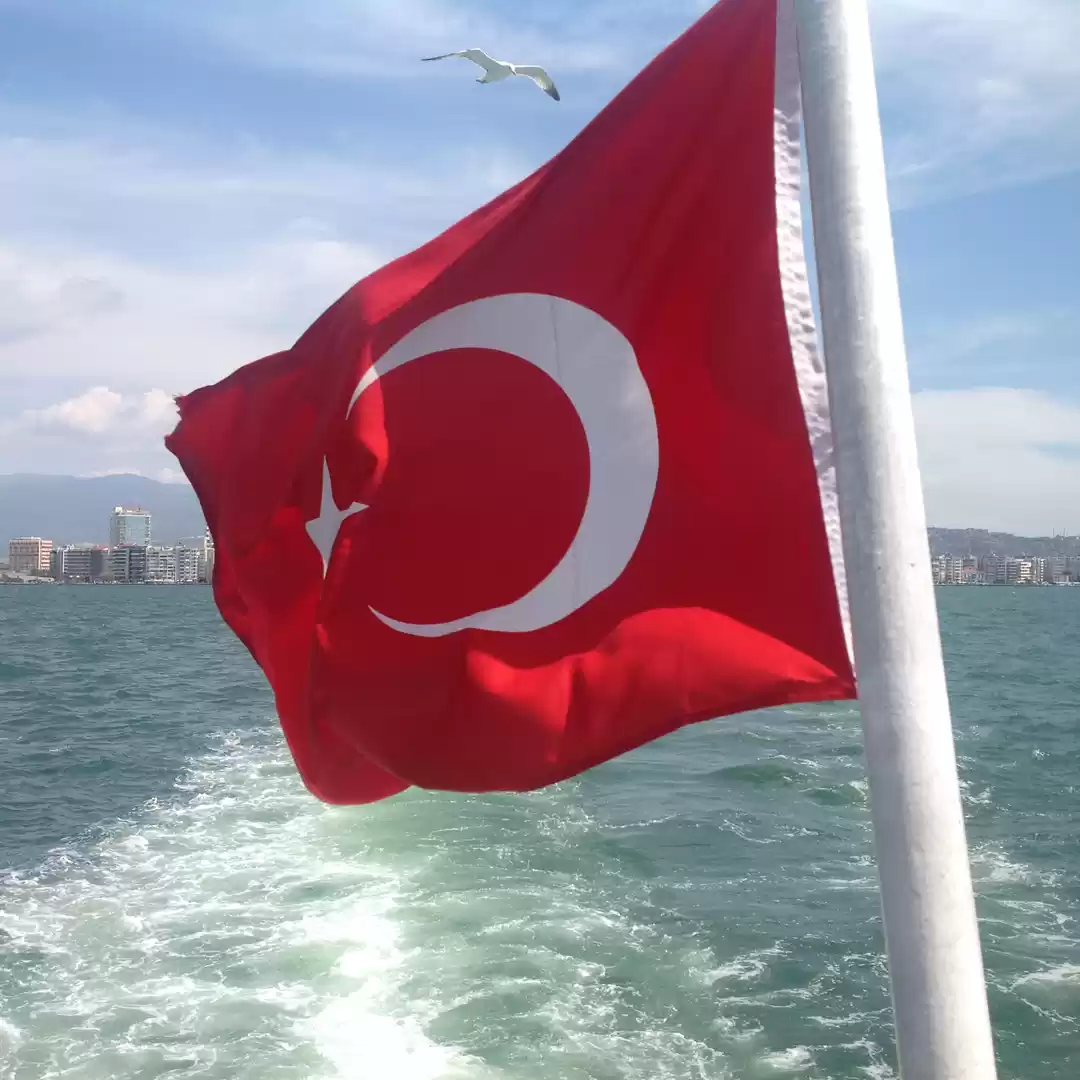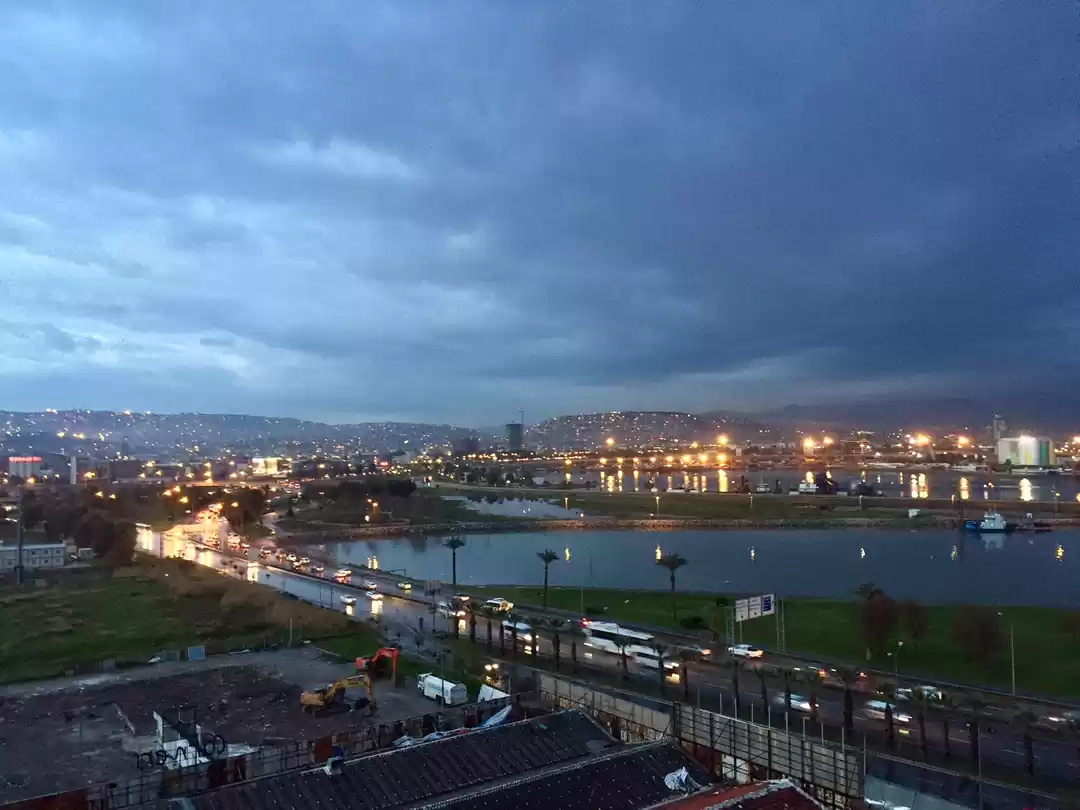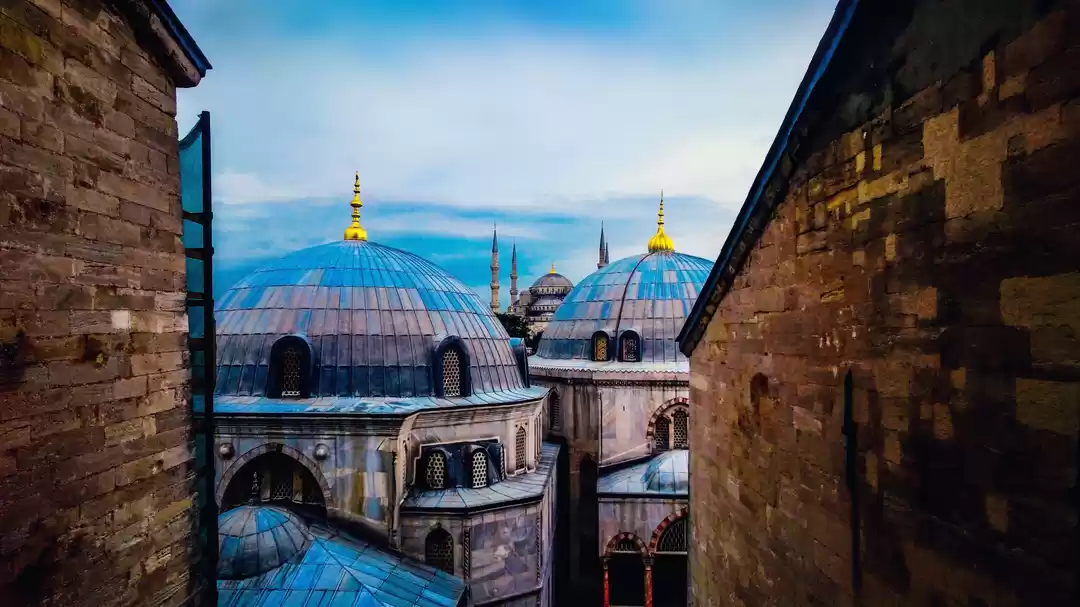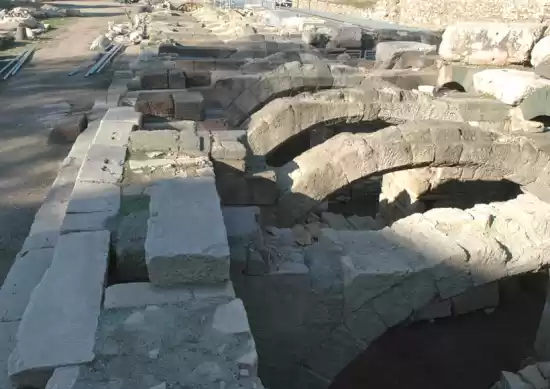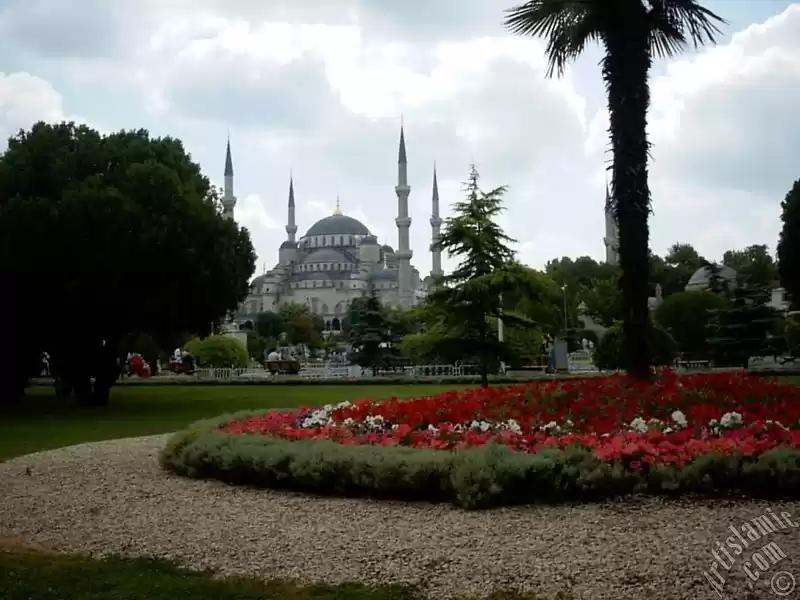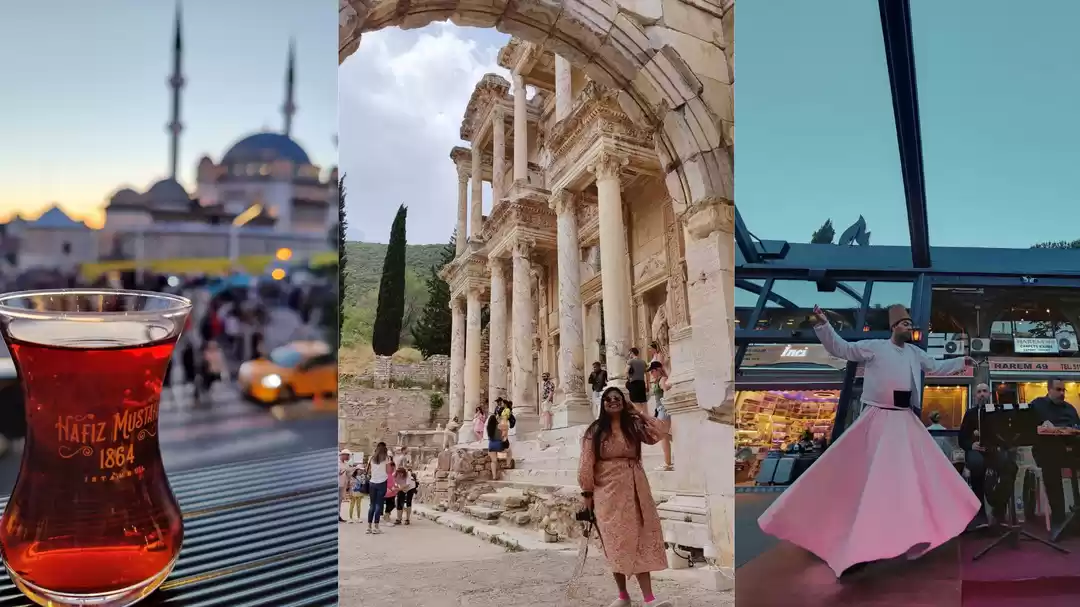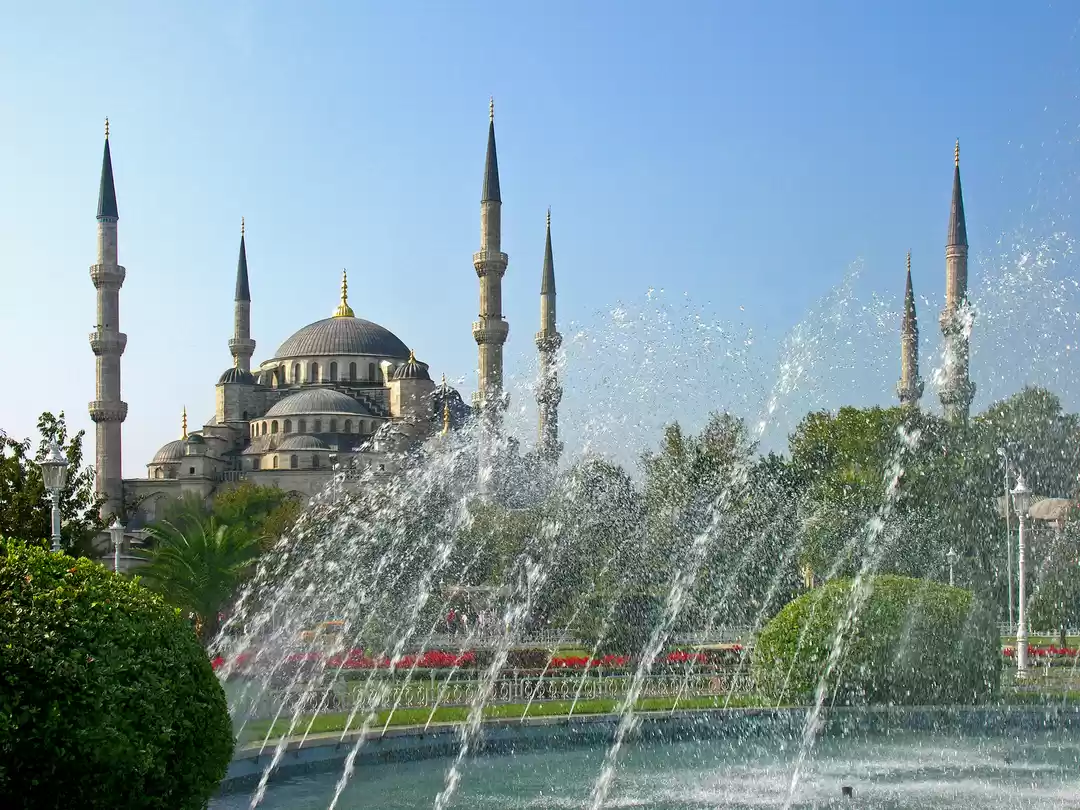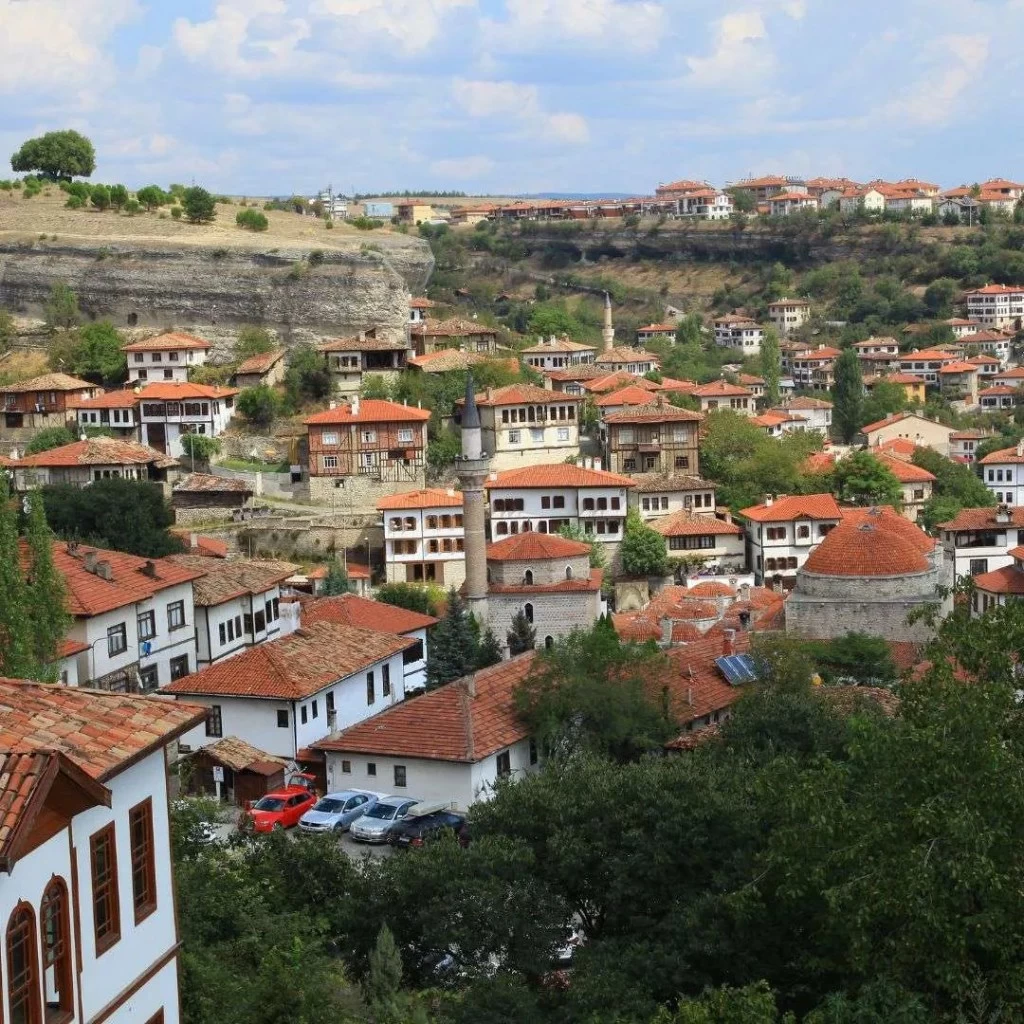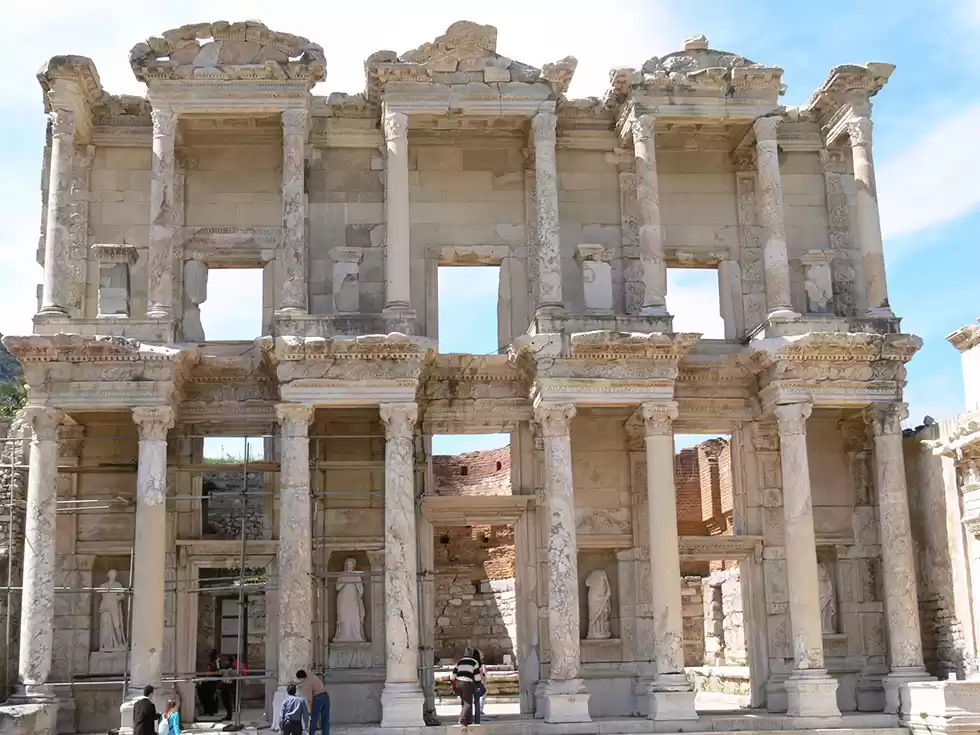
There are innumerable people who grew up on Bible stories, who have gone to bed hearing stories about Nazareth, Jerusalem and Bethlehem since they were kids and later on made sure they visited the places to better figure out the stories they grew up with. Once you visit, the pieces of the puzzle fall in place! Moreover, churches, unlike synagogues, commemorate events from the New Testament and hence by visiting Churches, you can walk through the different stages of Jesus’ life. While there are several important churches, let’s go through the seven churches of revelation and check out their ‘then’ and ‘now’ scenario.
The Seven Churches of Revelation – The major churches of early Christianity
The Seven Churches of Revelation are also called the Seven Churches of the Apocalypse, as quoted in the New Testament Book of Revelation. During the initial part of Revelation, Christ assigns John of Patmos, his servant on the Greek Island of Patmos to jot down what he saw on a scroll and send it to the seven churches, to Ephesus, Smyrna, Pergamum, Thyatira, Sardis, Philadelphia and Laodicea.
The locations of the Seven Churches are:
> Ephesus in the Metropolis of Ephesus
> Smyrna in the Metropolis of Smyrna
> Pergamum in the Metropolis of Pergamum
> Sardis
> Thyatira
> Philadelphia in the Metropolis of Philadelphia and
> Laodicea near Denizli
Seven Churches of Revelation – ‘Then’ and ‘Now’
The Seven Churches of Revelation are currently located in Western Asia Minor which is present-day Turkey and travelers can access this place through the Aegean Sea and the venerable trade lines between East and West. For reasons unknown, whether military, commerce or sheer debauchery, these cities have always been dominant cultural hubs since the past. Let’s dig deeper into the archaeology of these cities.

> The ancient city of Ephesus
The antique city of Ephesus was authoritative capital of Asia Minor on the Aegean Sea. It was also home to the Temple of Artemis, one of the then seven wonders of the relic world. Artemis was believed to be the goddess of fertility and she supposedly executed control over the reproduction of humans, crops and animals. The temple was renowned for its prostitutes and voluptuous celebrations. Now Ephesus is well-known for its ancient streets, ruins and arches, the humongous gymnasium, the amphitheatre with a capacity of holding 24,000 people and the library. Nowadays, you can take many of the fully private Ephesus Tours to visit this glorious ancient city ruins.
Character of the Church of Ephesus (Revelation 2:1-7): This church was well-known for having worked hard and never giving up and they always separated themselves from evil.
> Ancient Smyrna
Located to the north of Ephesus, this city held an influential trading position on the Aegean Sea, recognized for its commerce, harbors and marketplaces. The fundamental and primitive ruins of age-old Smyrna, not to mention the underground sanitation system, the huge city market, agora were all situated in the middle of Izmir, the modern Turkish city. Izmir being a humming city with the second largest population in Turkey, very few parts of Smyrna could be excavated.
Character of the Church of Smyrna (Revelation 2:8-11): This church was applauded for its poverty and tribulations.

> Ancient Pergamum
The ancient city of Pergamum is stationed on the foothills and plains along the Caicus River in West Turkey. Since the 3rd Century B.C, it was deemed to be a major city in Asia Minor. The acropolis, worship places like Serapeum and Aesclepium and the amphitheatre with 10,000 seats are some of the ruins of ancient Pergamum.
Character of the Church of Pergamum (Revelation 2:12-17): The church was located at ‘Satan’s seat’ and they repented for letting in false teachers.
> Ancient Thyatira
The archaic Thyatira is situated in West Turkey, 42 miles interior from the Aegean Sea. This bygone city was renowned for its dyeing trade & textiles, manifested by a couple of inscriptions and artifacts from the different leagues of linen weavers, wool workers, dyers and tanners. Now, Thyatira is well-known for being a bustling city of Akhisar. The archaeological remains are located in a fenced-off city within the heart of Akhisar.
Character of the Church of Thyatira (Revelation 2:18-29): Charity was the virtue for which this church was known and they also held the work of a seductive prophetess.

> Ancient Sardis
Ancient Sardis is placed on the banks of Pactolus River in West Turkey. Before playing a major role in Greek and Roman history, Sardis was known to be the capital of the Lydian empire and also one of the prominent cities of ancient world. The mammoth acropolis, famous temples like Diana, the bath house complex, the gym are some of the archaeological ruins of Sardis.
Character of the Church of Sardis (Revelation 3:1-6): This church carried a good name, alerted to reinforce itself and return to Jesus through repentance.
> Ancient Philadelphia
Situated on the Cogamis River, ancient Philadelphia is also a part of western Asia Minor. Previously known for its wide array of worship centers and temples, currently it is only considered as a Turkish city of Alasehir. Unfortunately, Philadelphia has withstood a number of ancient earthquakes and hence there is not much left in this place. A few Roman columns and foundation stones form the ancient remains.
Character of the Church of Philadelphia (Revelation 3:7-13): This church was loyal in its faith and had abided by the word of God. They practiced brotherly love which endures patiently.

> Ancient Laodicea
Laodicea no longer remains a city but the untouched Roman ruins constitute the countryside. Laodicea is located near the cities of Colossae and Hierapolis in the Lycus River Valley. The valley was previously one of the most popular trade routes between the Eastern and Western cultures. Laodicea was also a prime hub for the Roman aqueduct system.
Character of the Church of Laodicea (Revelation 3:14-22): This church was innocuous and tepid.
The Seven Churches of Revelation are churches which date back to the first century AD. Nonetheless, the Seven Churches of Revelation also share a spiritual significance for staunch believers today. The principal purpose for john scribbling down the letters and sending them to the Seven Churches was to deliver the ‘report card’ of Christ for the churches. These short letters play a role of piteous reminders to the followers of Christ.





